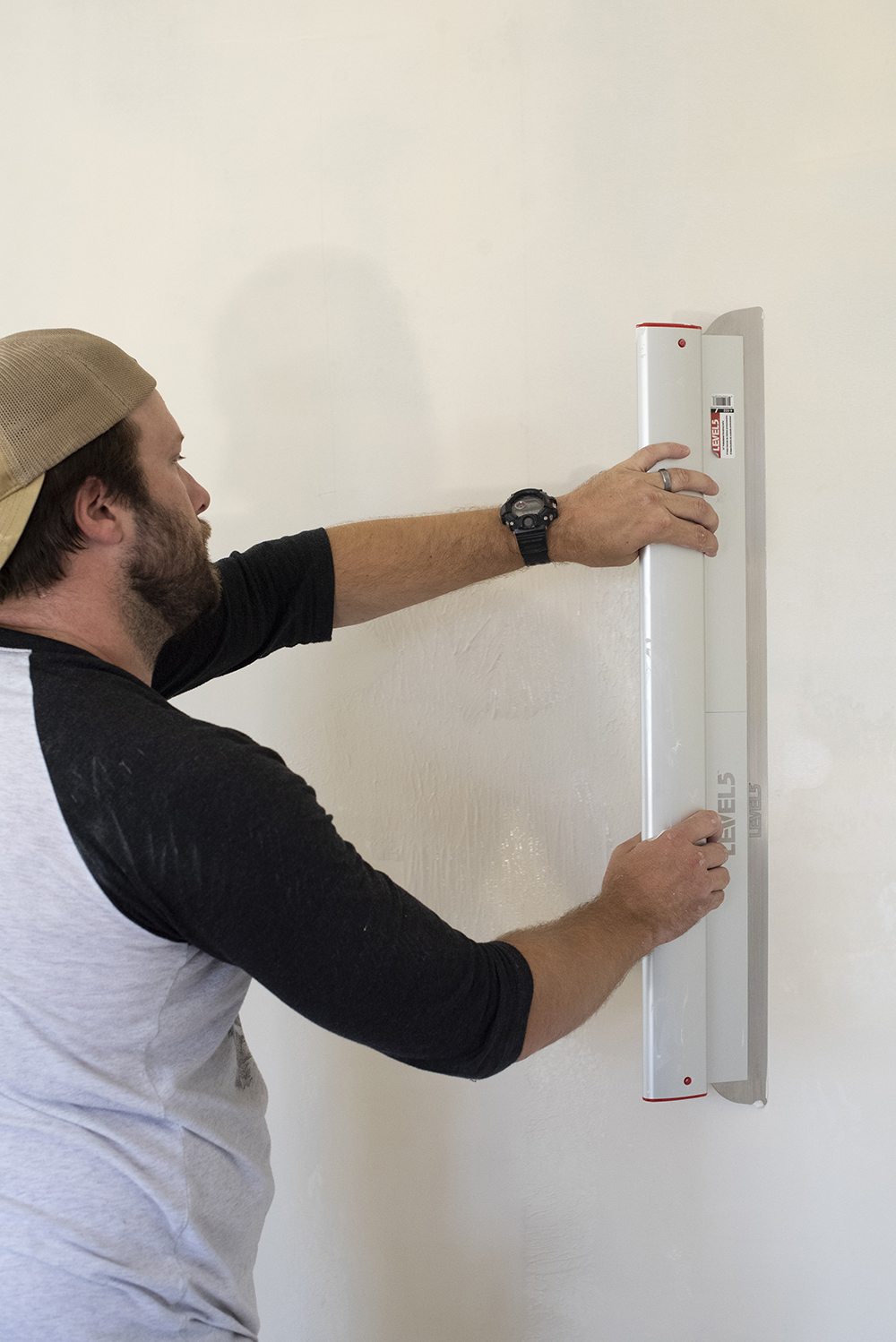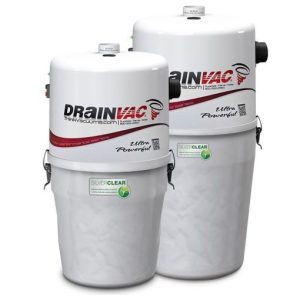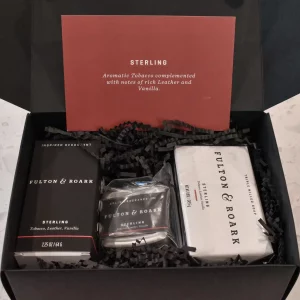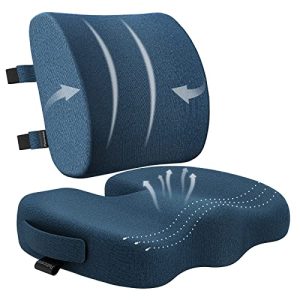Contents
- Understanding Guide Coats In Paint Finishes
- Benefits Of Using Guide Coats
- Application And Techniques For Guide Coats
- Common Mistakes To Avoid When Using Guide Coats
- Tips For Achieving The Best Results With Guide Coats
- Guide Coats Vs Other Techniques For Paint Finishes
- Expert Advice On Guide Coats For Professional Painters
- Common Faqs About Guide Coats
- Frequently Asked Questions For Guide Coat: Achieving Smooth And Flawless Paint Finishes
- Conclusion
Guide coat is a crucial technique for achieving smooth and flawless paint finishes. It helps to identify any imperfections and provides a guide for sanding, ensuring a perfect surface before painting.
This article explores the importance of guide coat in the painting process, its application method, and the benefits it brings to professional painters and diy enthusiasts alike. Whether you’re refinishing a car or painting a piece of furniture, understanding and utilizing guide coat can significantly enhance the quality of your paint job.
Properly utilizing guide coat is essential to achieving a seamless paint finish. By following this technique, you can effectively identify and correct any imperfections, resulting in a flawless end result. Whether you are a professional painter or a diy enthusiast, this guide will provide valuable insights into the importance of guide coat, the application process, and the benefits it offers. From refinishing cars to painting furniture, incorporating guide coat into your painting routine will greatly enhance the overall quality and finish of your projects. Let’s delve deeper into the world of guide coat and discover how it can level up your painting skills.

Credit: www.amazon.com
Understanding Guide Coats In Paint Finishes
Guide coats play a crucial role in achieving smooth and flawless paint finishes. Understanding the concept and purpose of guide coats is essential in this process. A guide coat is a contrasting-colored coat applied over a primer or base coat to reveal imperfections in the surface.
Its purpose is to guide the painter in identifying and rectifying any flaws before the final coat is applied. When preparing a surface for painting, guide coats help highlight low spots, scratches, or any other imperfections that may appear invisible to the naked eye.
By sanding down these areas and ensuring a uniform surface, the painter can achieve a flawless finish. This technique is particularly useful when painting cars or other objects that require a high level of aesthetics. Ultimately, guide coats aid in producing professional-looking and visually appealing paint finishes.
Benefits Of Using Guide Coats
Guide coats offer numerous benefits for achieving a smooth and flawless paint finish. They enhance visibility and accuracy during the sanding process, making it easier to identify high and low spots on the surface. By applying a guide coat, you can ensure even sanding and avoid over-sanding or missing areas.
This results in a more uniform and professional paint job. Guide coats also help reveal imperfections that may exist after priming, allowing you to address them before applying the final coat. Using a guide coat minimizes the risk of uneven paint or primer application, as it provides a visual guide to follow.
Overall, incorporating guide coats into your painting process can greatly improve the quality of your finish and save you time and effort in achieving the desired results.
Application And Techniques For Guide Coats
Achieving a smooth and flawless paint finish requires proper preparation of the surface. To begin, apply guide coats in a step-by-step manner. These coats act as a visual aid to identify imperfections and ensure even sanding. When choosing sandpaper, select the right grit based on the surface condition and desired outcome.
Using a variety of grits helps to gradually smoothen the surface. Remember to keep sentences concise and engaging, avoiding repetitive phrases. By following these techniques and taking the time to properly prepare, you can achieve professional-quality paint finishes that are smooth and flawless.
Whether you’re a professional or a diy enthusiast, these tips will help you achieve impressive results.
Common Mistakes To Avoid When Using Guide Coats
Achieving smooth and flawless paint finishes requires careful application of guide coat. One common mistake to avoid is applying too much or too little guide coat. This can result in an uneven surface and affect the final paint job. Another mistake is improper sanding techniques.
It is important to follow the correct sanding process to ensure a smooth and even surface. Neglecting to clean the surface before applying the guide coat is also a common error. Dirt and debris can impact the paint finish, so it is crucial to thoroughly clean the surface beforehand.
By avoiding these mistakes and following proper techniques, you can achieve professional-looking and flawless paint finishes.
Tips For Achieving The Best Results With Guide Coats
Achieving smooth and flawless paint finishes requires the use of guide coats. One tip for getting the best results with guide coats is to use contrasting colors. This helps improve visibility and makes it easier to identify imperfections. Proper lighting is also essential for accurate assessment of the paint surface.
Making sure the area is well-lit will allow you to see any flaws more clearly. When sanding, it’s important to sand in multiple directions. This helps to achieve a uniform finish and avoid any uneven spots. By following these tips, you can ensure that your paint finishes are flawless and free from any imperfections.
Guide Coats Vs Other Techniques For Paint Finishes
Guide coats and other techniques for achieving smooth and flawless paint finishes are often compared. One such comparison is between guide coats and wet sanding. Guide coats are used to reveal imperfections in the painted surface, whereas wet sanding involves sanding the surface with water to achieve a smooth finish.
One major difference between the two is that guide coats are directly applied to the surface, while wet sanding requires the use of water as a lubricant. Guide coats are particularly useful when working on dark-colored surfaces, as they make imperfections more visible.
On the other hand, primers are used to prepare the surface for paint adhesion and can also help in achieving a smooth finish. By understanding the differences between guide coats and other techniques, you can choose the best method for achieving flawless paint finishes.
Expert Advice On Guide Coats For Professional Painters
Guide coats are an essential tool for professional painters seeking smooth and flawless paint finishes. Industry experts provide valuable insights into the use of guide coats to achieve the best results. These professionals share their tricks and tips for flawless paint finishes, ensuring that every project exceeds expectations.
The guidance they provide is based on years of experience and knowledge in the field, making it invaluable for both beginners and seasoned painters. By following the advice of these industry professionals, painters can avoid common mistakes and enhance their painting techniques.
With the right use of guide coats, painters can achieve seamless finishes that transform any surface into a work of art. The secrets shared by industry experts are a treasure trove of information that can take the quality of any painting job to the next level.
Common Faqs About Guide Coats
Guide coats are an essential tool in achieving smooth and flawless paint finishes. One common question asked by many is how long the guide coat should dry before sanding. The drying time can vary depending on factors such as temperature and humidity, but it is generally recommended to wait for at least 30 minutes to an hour before sanding.
Another question often arises regarding the surfaces guide coats can be used on. The good news is that guide coats can be used on a variety of surfaces, including metals, fiberglass, and plastic. Lastly, people often wonder if guide coats work with all types of paint.
The answer is yes, guide coats can be used with both solvent-based and water-based paints. So, whether you’re working on a car, furniture, or any other project, guide coats can help you achieve a perfect paint finish.
Frequently Asked Questions For Guide Coat: Achieving Smooth And Flawless Paint Finishes
Can Guide Coat Be Used On Any Type Of Paint Surface?
Yes, guide coat can be used on any type of paint surface, including metal, plastic, and fiberglass. It helps to identify imperfections and sanding marks, ensuring a smooth and flawless finish.
How Does Guide Coat Work?
Guide coat is a powder or aerosol spray that is applied before sanding a painted surface. It provides a contrasting color to the underlying surface, making it easier to see and correct any imperfections. By highlighting high and low spots, guide coat helps achieve a smooth and even finish.
Is Guide Coat Easy To Use For Beginners?
Yes, guide coat is easy to use for beginners. Simply apply the guide coat evenly to the painted surface, and then proceed with sanding. The contrasting color will make it clear where sanding is necessary, guiding beginners to achieve professional-quality results.
Can Guide Coat Be Used For Touch-Ups?
Yes, guide coat can be used for touch-ups. It allows you to identify and correct any imperfections in the paint finish, ensuring a seamless repair. Simply apply the guide coat to the area that needs touch-up, sand as needed, and then proceed with the final paint application.
Can Guide Coat Be Used With Any Type Of Sandpaper?
Yes, guide coat can be used with any type of sandpaper. Whether you prefer wet or dry sanding, guide coat will provide a clear visual reference for sanding. It is recommended to use finer grit sandpaper after applying guide coat to achieve optimal results.
Conclusion
Achieving smooth and flawless paint finishes is essential for creating a professional and polished look for any project. Guide coat plays a crucial role in this process by helping to identify imperfections and ensuring a smooth surface. By following the steps outlined in this guide, you can achieve the perfect paint finish every time.
Remember to start with thorough preparation, including sanding, cleaning, and applying primer. Next, use guide coat to identify any low spots or imperfections, and address them accordingly. Once the surface is smooth and free of imperfections, you can proceed with painting, confident in the knowledge that you have done everything necessary to achieve a flawless finish.
Regularly using guide coat throughout your painting process will not only save time and effort but will also result in a professional finish that will be the envy of all who see it. So go ahead, give guide coat a try and enjoy the satisfaction of achieving a smooth and flawless paint finish.










